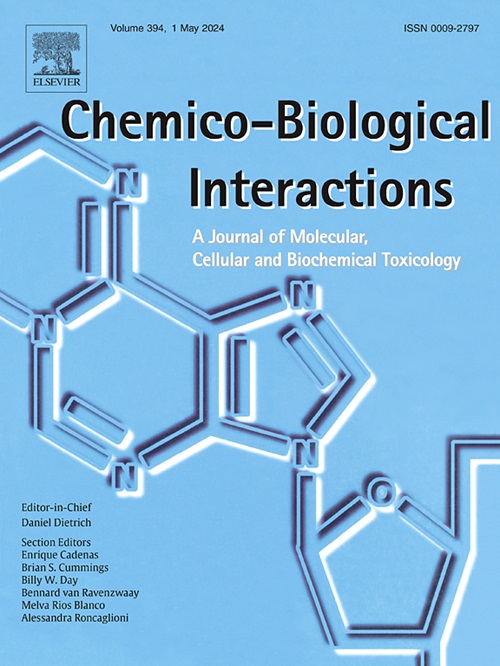5-Fluorouracil induces hair loss by inhibiting β-catenin signaling and angiogenesis
IF 4.7
2区 医学
Q1 BIOCHEMISTRY & MOLECULAR BIOLOGY
引用次数: 0
Abstract
Chemotherapy-induced alopecia (CIA) is a side effect of the anticancer drug 5-fluorouracil (5-FU). However, the mechanism of action in hair follicle cells is unclear. This study investigated the mechanism of action of 5-FU on the hair cycle and growth in vitro and in vivo. Intraperitoneal injection of 5-FU into C57BL/6 mice delayed anagen initiation, resulting in small hair follicles. 5-FU inhibited angiogenesis by reducing cluster of differentiation 31+ cells, vascular endothelial growth factor, and fetal liver kinase-1 expression in mouse skin tissue and rat vibrissa dermal papilla (rDP) cells. 5-FU induced cell death in rDP cells and keratinocytes by enhancing cell cycle arrest or reducing the ratio of B-cell lymphoma 2 (Bcl-2) to Bcl-2-associated X levels. Immunoblotting and confocal microscopy showed that 5-FU inhibited the nuclear translocation of β-catenin in rDP cells and decreased fibroblast growth factor 7 and 10 secretion. Conversely, molecule-specific inhibitors did not prevent rDP cell death despite protein kinase B and Jun N-terminal kinase activation by 5-FU, indicating their indirect involvement. These results suggest that 5-FU inhibits wingless-related integration site/β-catenin signaling and angiogenesis, resulting in anagen-to-catagen transition and delaying anagen initiation. This study provides foundational data for developing treatments against CIA in patients with cancer undergoing 5-FU chemotherapy.

5-氟尿嘧啶通过抑制β-连环蛋白信号传导和血管生成诱导脱发。
化疗引起的脱发(CIA)是抗癌药物5-氟尿嘧啶(5-FU)的副作用。然而,其在毛囊细胞中的作用机制尚不清楚。研究了5-FU在体外和体内对毛发周期和生长的作用机制。C57BL/6小鼠腹腔注射5-FU可延缓毛囊生长,导致毛囊变小。5-FU通过降低小鼠皮肤组织和大鼠vibrissa dermal papilla (rDP)细胞中31+分化细胞簇、血管内皮生长因子和胎儿肝激酶-1的表达来抑制血管生成。5-FU通过增强细胞周期阻滞或降低b细胞淋巴瘤2 (Bcl-2)与Bcl-2相关X水平的比率,诱导rDP细胞和角化细胞死亡。免疫印迹和共聚焦显微镜显示,5-FU抑制了rDP细胞中β-catenin的核移位,减少了成纤维细胞生长因子7和10的分泌。相反,尽管5-FU激活了蛋白激酶B和Jun n末端激酶,但分子特异性抑制剂并没有阻止rDP细胞死亡,表明它们间接参与。这些结果表明,5-FU抑制无翅相关整合位点/β-catenin信号传导和血管生成,导致原细胞向原细胞转化,并延迟原细胞的起始。本研究为癌症5-FU化疗患者的CIA治疗提供了基础数据。
本文章由计算机程序翻译,如有差异,请以英文原文为准。
求助全文
约1分钟内获得全文
求助全文
来源期刊
CiteScore
7.70
自引率
3.90%
发文量
410
审稿时长
36 days
期刊介绍:
Chemico-Biological Interactions publishes research reports and review articles that examine the molecular, cellular, and/or biochemical basis of toxicologically relevant outcomes. Special emphasis is placed on toxicological mechanisms associated with interactions between chemicals and biological systems. Outcomes may include all traditional endpoints caused by synthetic or naturally occurring chemicals, both in vivo and in vitro. Endpoints of interest include, but are not limited to carcinogenesis, mutagenesis, respiratory toxicology, neurotoxicology, reproductive and developmental toxicology, and immunotoxicology.

 求助内容:
求助内容: 应助结果提醒方式:
应助结果提醒方式:


